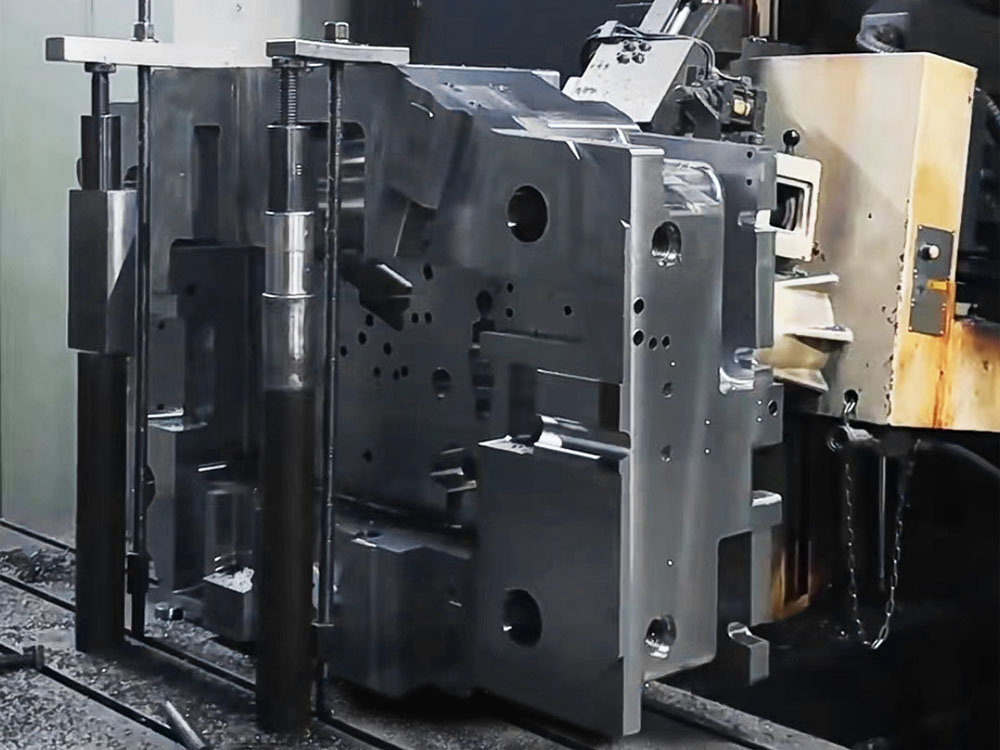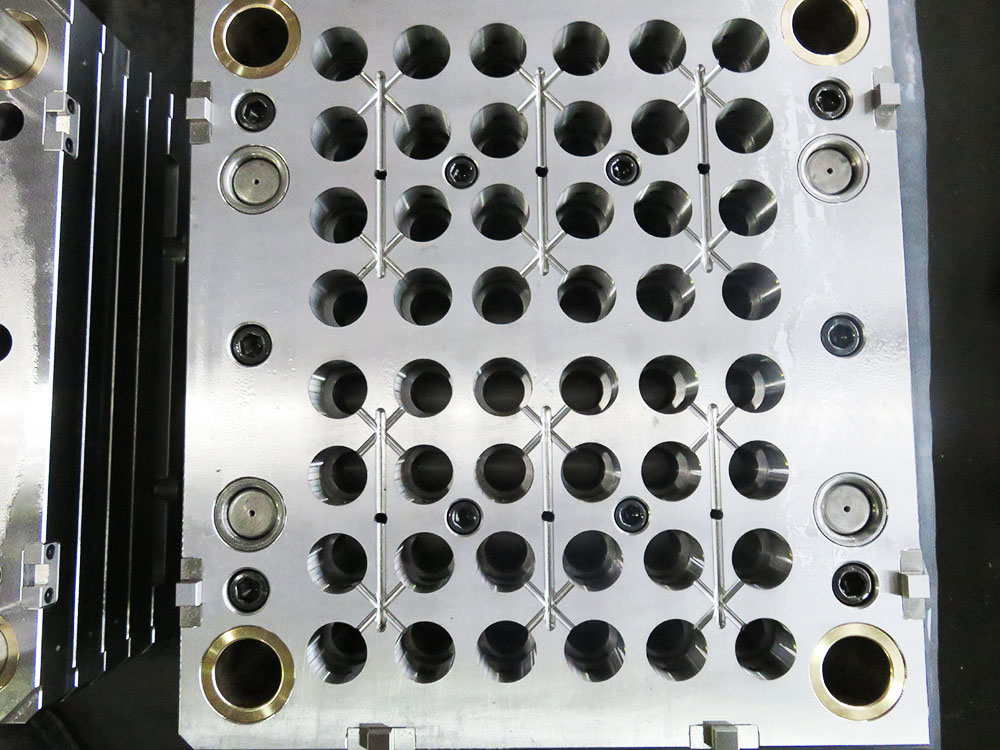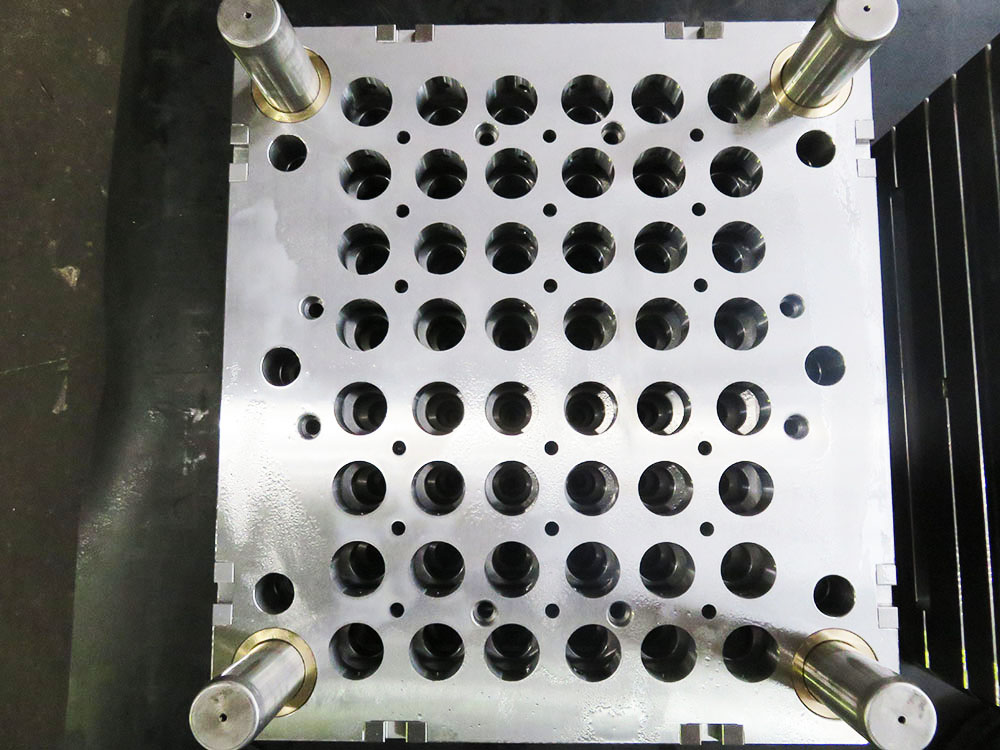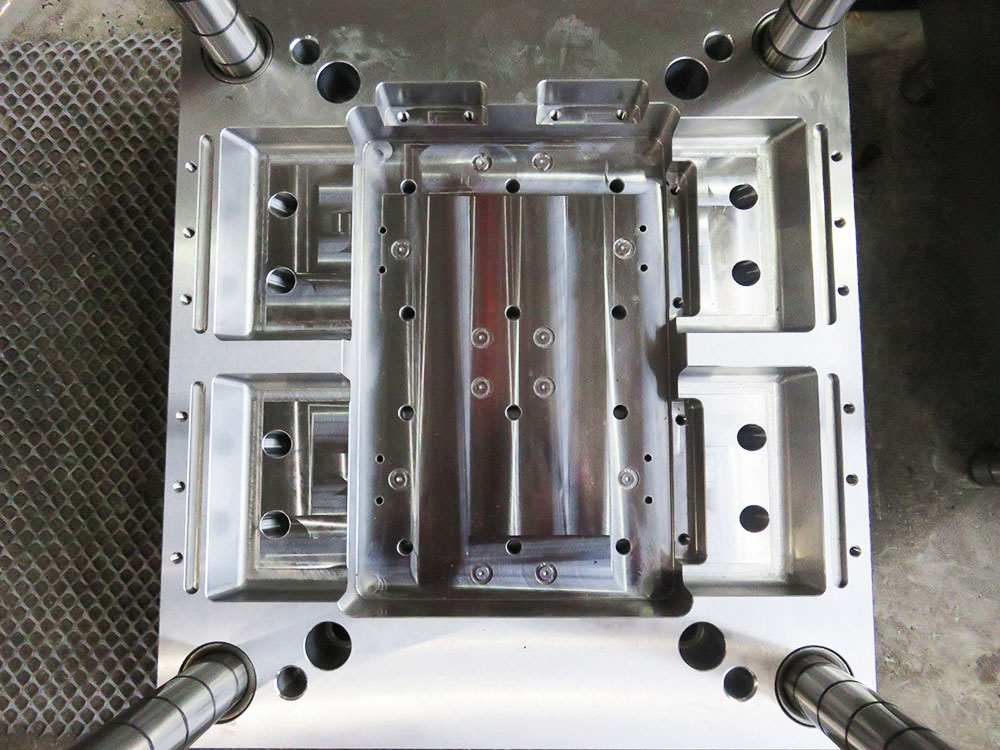How to Calculate the Distance of Object Elevation Angle in 3D Modeling: A Guide for the Mold Base Industry
In the mold base industry, accurate measurement of object elevation angles in 3D modeling is crucial for the successful design and production of molds. The distance of object elevation angles can significantly impact the mold's performance, efficiency, and overall quality. In this article, we will discuss the step-by-step process of calculating the distance of object elevation angles in 3D modeling, providing a comprehensive guide for professionals in the mold base industry.
Step 1: Understanding Object Elevation Angle
Before diving into the calculation process, it is essential to have a clear understanding of object elevation angles. Object elevation angle refers to the angle formed between the horizontal plane and the line connecting the object to the observer's eye. It indicates the height or vertical displacement of the object in relation to the observer.
Step 2: Acquiring Necessary Data
To calculate the distance of object elevation angle accurately, you need to gather some essential data, including:
- The observer's eye height above the horizontal plane.
- The object's height above the horizontal plane.
- The object's elevation angle.
Step 3: Calculating the Distance
Once you have acquired the necessary data, you can proceed with the distance calculation using the following formula:
Distance = (Object Height - Eye Height) / tan(Elevation Angle)
Where:
- Distance refers to the calculated distance from the observer to the object in 3D space.
- Object Height denotes the height of the object above the horizontal plane.
- Eye Height indicates the observer's eye height above the horizontal plane.
- Elevation Angle represents the object's elevation angle.
- tan() refers to the tangent function, which can be calculated using trigonometric functions in most modeling software.
Step 4: Verifying Accuracy and Adjusting
After calculating the distance using the formula, it is crucial to verify its accuracy by cross-referencing it with other information or measurements, such as physical prototypes or digital simulations. If discrepancies exist, it may be necessary to make adjustments to the initial data or revisit the calculation process.
Step 5: Applying the Distance in Mold Base Design
Once you have accurately calculated the distance of the object elevation angle, it can be applied in the mold base design process. The calculated distance helps determine the appropriate mold base height, enabling precise positioning and alignment of components in the mold assembly.
By considering the object's elevation angle, you can ensure optimal mold functionality, minimize potential errors or interferences, and achieve higher efficiency and quality standards in mold manufacturing.
Conclusion
Calculating the distance of object elevation angles is fundamental to the mold base industry, as it directly influences the mold design, production, and overall performance. With a clear understanding of object elevation angles and the step-by-step process outlined in this article, professionals in the mold base industry can accurately calculate and apply the distance in their design and manufacturing processes. By doing so, they can enhance the quality, efficiency, and precision of mold production, leading to improved end products and higher client satisfaction.




